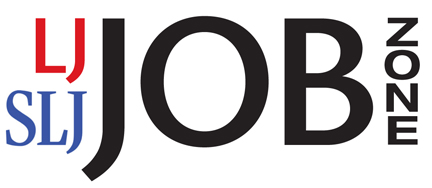Web Communications & New Media/Dot Gov Task Force: HHS Interim Progress Report
Web Communications & New Media/Dot Gov Task Force: HHS Interim Progress Report
Source: U.S. Department of Health and Human Services
The Department of Health and Human Services (HHS) has formally notified GSA that it is relinquishing 21 domains. HHS is in the process of relinquishing additional sites and expects to have relinquished a total of 36 sites, 23 percent of the domains owned by the Department per the base GSA survey, by the end of September (list below).
The majority of these relinquished domains (24) were aliases or redirects. The remaining (12) were inactive domains that were retired. To date, no sites have been consolidated with related sites. We recognize that achieving our next goal of relinquishing 41 additional domains by the summer of 2012 will require hard work, difficult decisions and a significant cultural change. We expect to retire these domains through a combination of site consolidation and site retirement.
The HHS Web Council, constituted of representatives of the Office of the Secretary and the Department’s ten Operating Divisions, is writing a Web Improvement Plan (Strategic Plan) that will direct and manage the contraction of the Department’s Web inventory, and will recommend policies and guidance to 1) align the allocation of Web resources and investments with Department priorities, 2) open content (both data and text) for public re-use (open source), 3) shift the Department’s Web culture from program-centric to customer-focused, and 4) foster both content and technical efficiencies across Divisions and programs.
HHS has also banned new dot org and dot net domains to preclude utilization of these as a means of circumventing the prohibition against new dot gov domains.
HHS manages several cross-federal topical consumer Websites (ex., www.flu.gov , and has proposed to GSA that these sites be incorporated into www.usa.gov as third-level domains (ex., www.flu.usa.gov ) as potential models for centralizing federal consumer content (the so-called “British Model”). HHS is considering adopting that model for any future cross-department consumer sites (i.e., www.xxx.hhs.gov ).
The allocation of HHS Web resources is currently so fractured that no one knows the total annual Departmental investment in Web-related activities. The HHS Web Council will determine the best ways to align the Department’s overall Web investment with HHS priorities. This alignment will be informed by expansion of the Department’s existing Public Affairs Clearance process to include the gathering of information about planned Web-related outreach efforts. This effort will be coordinated with OCIO’s newly implemented health-domain investment analysis.
…
HHS is an historically siloed entity, and its Web holdings reflect that legacy. The result is a Web experience that is not only antithetical to the concept of customer-centric design but is undeniably wasteful of precious resources. Like and related content is scattered across multiple office and program Websites, and the Googling customer is left to divine what content is relevant. Overcoming this entrenched culture will be the greatest challenge we face.
See: A Brutal Self-Assessment of HHS’ Web Presence (Nextgov)
Hat tip: PW
Filed under: Data Files, News, Reports


